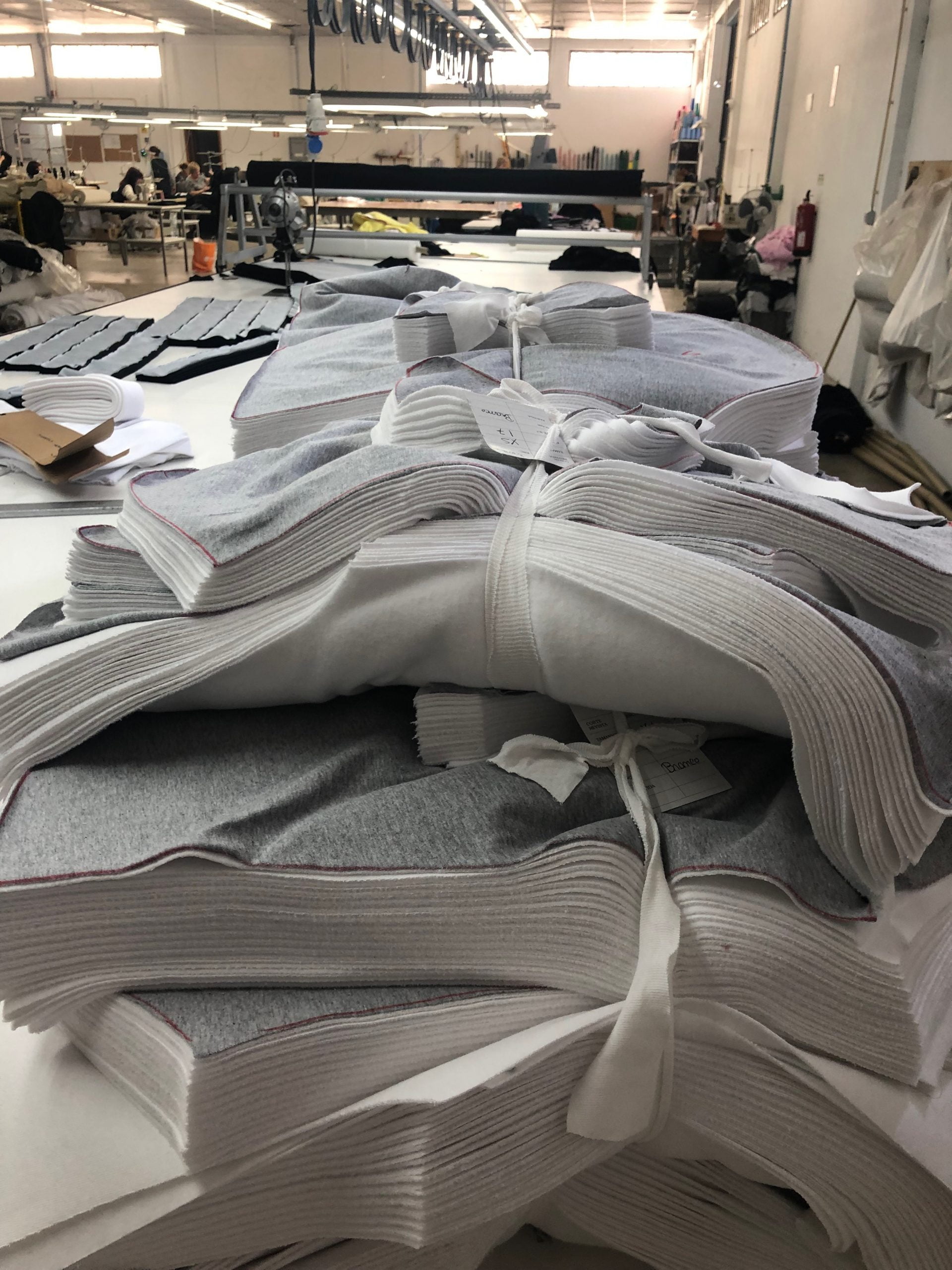Create Fashion Brand

manufacture fashion in Portugal
For example: “CMT” (Cut, Make & Trim). What does it mean?
If you buy any sewn products in Portugal , read this post and you might learn something relevant about your suppliers.
Quick overview of the steps of garment production:
Basically, there are three ways suppliers can be organized:
- Finished product sourcing: an intermediary gives the order to a factory (or splits it into several factories) under FOB terms. importers often wonder what value these middlemen add to the buying process.
- In-house production: a factory gets an order and makes the goods in its workshop. Most buyers expect this to happen when they “buy direct from the manufacturer”. But, quite often, it is NOT what happens (see below).
- CMT purchasing: the supplier keeps the development of new styles and the materials under his control, and outsources the labor-intensive jobs (cut, make/sew, trim / final QC, and pack). How often does it happen? It is difficult to estimate, but I guess at least 25% of garment production is managed under CMT terms in China.
But why outsourcing only certain activities? And which ones?
Let’s simplify the steps of the production of a batch of garments.
- Some samples are made to match the customer’s design, and get the order.
- The patterns designed in the sampling phase are used for consumption calculations and pricing.
- The fabrics, accessories, and packing elements are purchased.
- The fabric is cut and then bundled by style, size and color (that’s the CUT).
- The different sewing steps are performed in a workshop (that’s the MAKE).
- The finished products are trimmed, checked one last time, and packed for shipment (that’s the TRIM).
Why keeping certain steps in house?
Suppliers try to keep their hand on development and purchasing:
- Making patterns and samples. It is critical for getting orders. A small sampling room with a few good technicians is enough.
- Purchasing materials. The consumption is calculated with patterns, and buying the fabric is the most important expense.
One step is usually outsourced under CMT terms: “cut”. It requires a large room, some specialized equipment, and a few experienced technicians. However, if properly managed, the benefits of keeping cutting in-house can be huge.
First, fabrics and accessories can be controlled as soon as they are received, and before it is cut. I am certain that, when the “cut” job is done by the sewing workshop, these inputs are checked in a small minority of cases. Why should the workshop care about it?
Second, the unused fabric is kept aside (the leftover of fabric is sometimes the main source of profit on an order, and of course the unused fabric is never declared by the workshop when cutting it subcontracted).
Third, an investment in automatic cutting equipment can help save on fabric consumption. The payback period might be less than a year!
The last two activities are always subcontracted under CMT terms:
- The “Make” (i.e. sew) job. Operating a workshop is a recurring cost for a fixed capacity. Outsourcing this activity means your production capacity has no limit! And sending a sample to several workshops is enough to find “the cheapest needle”.
- The “trim” job, usually including final QC and packing. If an external workshop sews the garments, it should also trim the threads, pack the goods, and repair the workmanship defects..
What are the risks for the importer?
The main downside of this supply-chain structure is that the workshop is the weakest element of the network. It is replaced quite easily. It has to bid a low price to get business, so it needs to rush production to make a small profit. In China 99% of garment factories have the same organization, so lower costs are only achieved with unskilled labor, long hours and minimal QC. Exactly what buyers should avoid!
Actually, the sewing workshop should be at the center of the supply chain:
- Where do most quality problems come from? From the workshop job (either because of a poor attention to quality, or because of a poor communication of the buyer’s requirements).
- Where do last-minute delays come from? From the workshop (because of bad planning, of an order rushed for another customer, and/or of re-work due to poor quality).






